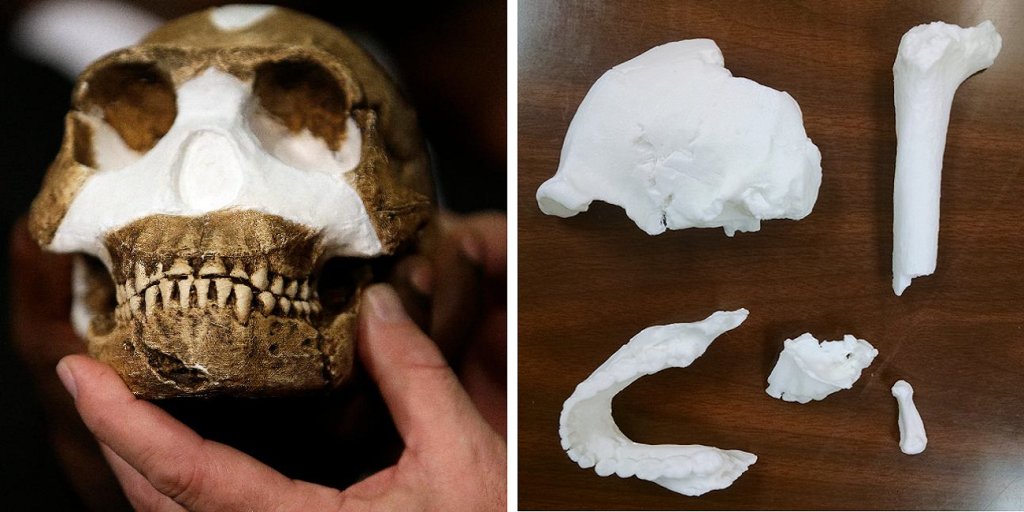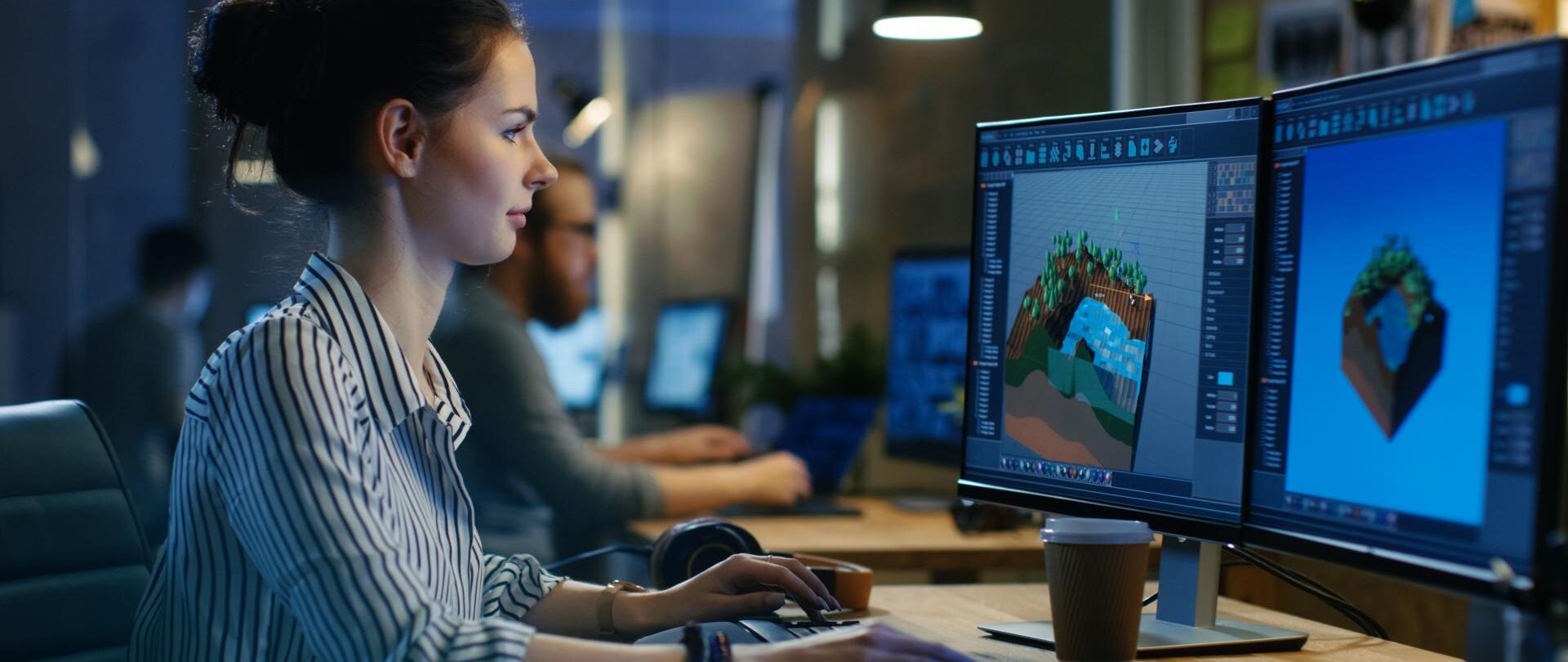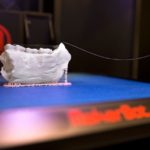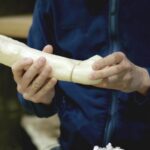

In 2013, a group of paleoanthropologists led by Lee Berger embarked on a three-week exploration of a South African cave. Known as the Rising Star Expedition, the exploration resulted in some groundbreaking discoveries, most notably the discovery of bones belonging to previously unknown human ancestor Homo naledi. On September 10, 2015, the discovery was officially announced, and a model of the hominin’s skull was presented – a realistic 3D printed model almost indistinguishable from a real fossil. Then came another announcement that thrilled scientists and teachers: the research team had scanned and uploaded the fossils, and made them freely available on MorphoSource so that anyone could print their own replicas of Homo naledi.
“The Rising Star Expedition’s opening up of information so soon after discovery is unprecedented and very, very welcome,” says Forbes.com contributor Kristina Killgrove, an anthropologist from the University of West Florida. “In the past, fellow researchers and teachers would have to wait multiple years — and pay hundreds of dollars — to get a cast of the new fossil. And wait many more years for all the data to be opened up.”
Within twelve hours of the announcement, Killgrove had printed five pieces of Homo naledi on her lab’s MakerBot 3D printer.

The Rising Star Expedition was notable not only for its discoveries but for the many ways in which it was made accessible to the public. The team live-blogged and tweeted the entire time they were on-site, so that anyone interested could easily follow along at home. Now the availability of the fossil files for 3D printing means that anyone with access to a 3D printer can study them up-close without needing a museum membership.
The expedition’s files are not the first that have been made available to the public, but never before have such a large number been so instantly and freely accessible. Public access of fossil scans is still very new, and comes with its own challenges, but Killgrove hopes that the Rising Star Expedition will set an important new precedent.
“There are unfortunately only a small number of 3D models available,” she says. “Why small? Well, not all fossil remains have been digitized, not all researchers want them digitized, and not all companies that make and sell casts want them digitized and made freely available.”
When she was approached by colleagues wanting to know how she printed her fossils, Killgrove decided to compile a list of as many available printable fossils that she knew of. She notes that several other sites, such as the Smithsonian, maintain collections of 3D printed fossils that have not, at this time, been made available to be downloaded or printed. With the publicity that the Rising Star Expedition has generated, however, it will be surprising if other organizations do not follow suit, opening the doors to anthropological study wider than they’ve ever been opened before.
If you're looking for affordable 3D visualization services in the USA, our platform provides an ideal solution for all your architectural and real estate needs. Through our service, you can access high-quality 3D renderings at competitive prices without compromising on quality. Whether you need interior visualizations, exterior renderings, or architectural animations, our team ensures that you get professional results that fit within your budget. With our support, you can make your projects visually stunning while saving on costs, all with a quick and straightforward process.
Through our site, you can easily order affordable 3D visualizations for your projects, whether for a residential property, commercial development, or architectural design. We understand the importance of staying within budget, and that's why we offer tailored solutions to ensure you get the best value for your investment. Our experts work efficiently to provide you with realistic, photorealistic 3D images that will elevate your presentations and attract clients, making your property stand out in the market.






